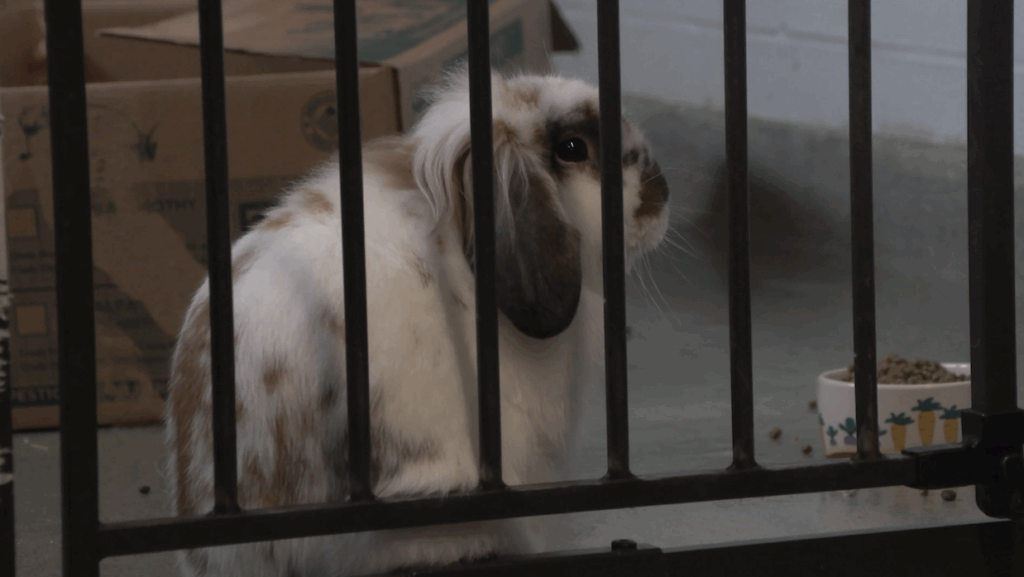VIDEO TRANSCRIPT – Nationwide adoption decline affects CNY SPCA
Arnav Pokhrel: It’s an issue plaguing central New York and the nation since 2020. Declining adoption rates and an increase in animal intake have left shelters scrambling for space. CNY SPCA Executive Director Sean Patrick Malloy says that the shelters have been waiting for a rebound after the pandemic that just never arrived.
Sean-Patrick Malloy: You anticipated this pickup, right? I think what kind of happened was this self-evaluation of people within their homes to be like, hey, stuff’s costing a lot. And now I’m at home not going out and adopting dogs and cats and stuff.
Pokhrel: The World Animal Report noted over five and a half million animals entering shelters in 2024. In that same year, just over four million animals found homes. The extras still in shelters across the country.
Malloy: We do adoption events through fee waves. We do a lot of our vaccinations in our stay-in neuters, so you don’t got to worry about those.
Pokhrel: The process to bring an animal home is simple. Apply in person or online. Visit the animal at the shelter. And if the animal is a match and the application is approved, complete the adoption process.
Malloy: Inquiring about different pets or just doing a general application and they can fill that out. We review the application. We get them stayed and neutered and then we send them on their way.
Pokhrel: While changes won’t happen overnight, Malloy hopes that with enough exposure and willing homes, eventually all animals can find their forever place.
SYRACUSE, N.Y. (NCC News) — When the CNY Society for Prevention of Cruelty to Animals (SPCA) gets word of an animal in need of shelter, the only thought in the mind of the workers is to get that animal to safety. Whether it is a lost animal looking to get back home, or a stray on the streets of Syracuse, the SPCA jumps into action. Behavioral testing, daily exercise and slow exposure to other animals are all part of the process to get an animal to its home.
However, a nationwide adoption decline and an increase in animal intake have left shelters just like the SPCA to deal with overcrowding issues. Dogs are in shared spaces, sometimes with two or three living together. The glass waiting room in the lobby, turned into an extra living space for animal overflow.
The trend of fewer animals being adopted has gone on since the end of the COVID-19 pandemic.
“You anticipated this pickup, right?” said Sean-Patrick Malloy, SPCA executive director. “But what happened was this self-evaluation of people within their homes to be like, ‘Hey, stuff’s costing a lot.’”

In 2024, the World Animal Foundation stated 5.7 million animals were put into shelters, while only 4.1 million found homes.
“When you take home these pets, it’s like taking home another family member,” says Malloy. “The vet [fees], food, water, all of that costs money.”
When an animal is adopted from the SPCA, Malloy and his staff do their best to mitigate any extra costs. This includes recommending local vets, spaying or neutering the animals and offering training advice on a free line.
While the SPCA is a no-kill, non-profit shelter, Malloy knows that an increase in adoption rates won’t happen overnight. The SPCA hosts events waiving adoption fees, and actively promotes animals for adoption on their Instagram and Facebook pages.
